Yes,i have seen all those similar questions of this topic and I am still confused about few concepts.So far i have been taught that an simplified OP-AMP circuit looks like this--------------

So,thinking about input bias current in that circuit here are some confusions-------
1)In a Youtube video i was told that input bias current enters/leaves from both inverting and non-inverting terminal at the same time...and they are equal,How?
2)In an OP-AMP datasheet we have only one value of Input bias current----
But what if the source voltage changes along with the source resistance in that term the bias current also has to change(Below is my note,about what i mean to say)-----
So,we should have different values of input bias current but why only 1 value of input bias current is given in the datasheet?
